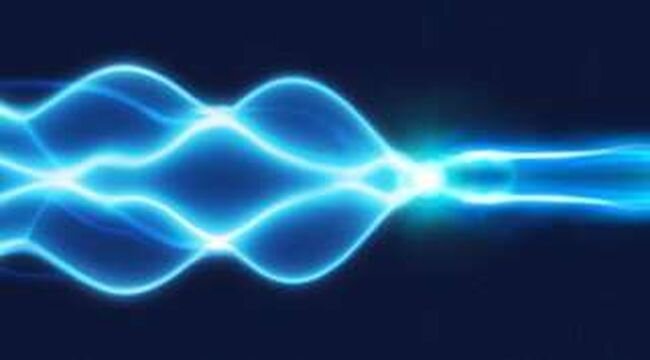Researchers from the Université libre de Bruxelles in Belgium have made a groundbreaking discovery in the field of photon interference. In a recent article published in Nature Photonics, they have proposed a thought experiment that challenges the conventional understanding of photon bunching. Photon bunching refers to the tendency of photons to group together when their paths cannot be distinguished in a quantum interference experiment.
According to Niels Bohr’s complementarity principle in quantum physics, objects can exhibit both particle-like and wave-like behavior. This principle is illustrated in the famous double-slit experiment, where particles passing through two slits create interference fringes when their paths are not observed. However, when the trajectories of the particles are monitored, the interference pattern disappears, and the particles behave like classical particles.
This duality also applies to light, which can be described as either an electromagnetic wave or as photons, which are massless particles. Photon bunching is a phenomenon that occurs when indistinguishable photons stick together in a quantum interference experiment. The Hong-Ou-Mandel effect demonstrates this behavior, as two photons entering a half-transparent mirror always exit together on the same side due to wave-like interference.
In classical physics, where photons are considered as classical particles following well-defined paths, bunching does not occur. It is expected that as photons become distinguishable and their paths can be traced, the degree of bunching decreases. This assumption has recently been challenged by a team from the Center for Quantum Information and Communication at the Ecole polytechnique de Bruxelles. Led by Professor Nicolas Cerf, the team discovered instances where photon bunching is actually strengthened when photons are partially distinguishable based on their polarization.
The researchers used a large interferometer and investigated cases where seven photons exhibited strong bunching into two output paths. Surprisingly, by carefully tuning the polarization of the photons, the team found that bunching could be enhanced instead of weakened. This unexpected phenomenon was supported by the mathematical theory of permanents, which has a connection to quantum interference physics.
This discovery has implications for both fundamental physics and quantum photonic technologies. As advancements in optical quantum computers progress, understanding the intricacies of photon bunching becomes crucial. By gaining insights into the bosonic nature of photons, researchers can improve the control and manipulation of multiple photons in complex optical circuits, which are vital for the development of quantum computing.
In conclusion, the research conducted by the Belgian team challenges the conventional understanding of photon bunching and provides new possibilities for manipulating and controlling photons in quantum systems. This discovery has the potential to revolutionize our understanding of multiparticle quantum interferences and impact the field of quantum photonic technologies.
Source: Université libre de Bruxelles
